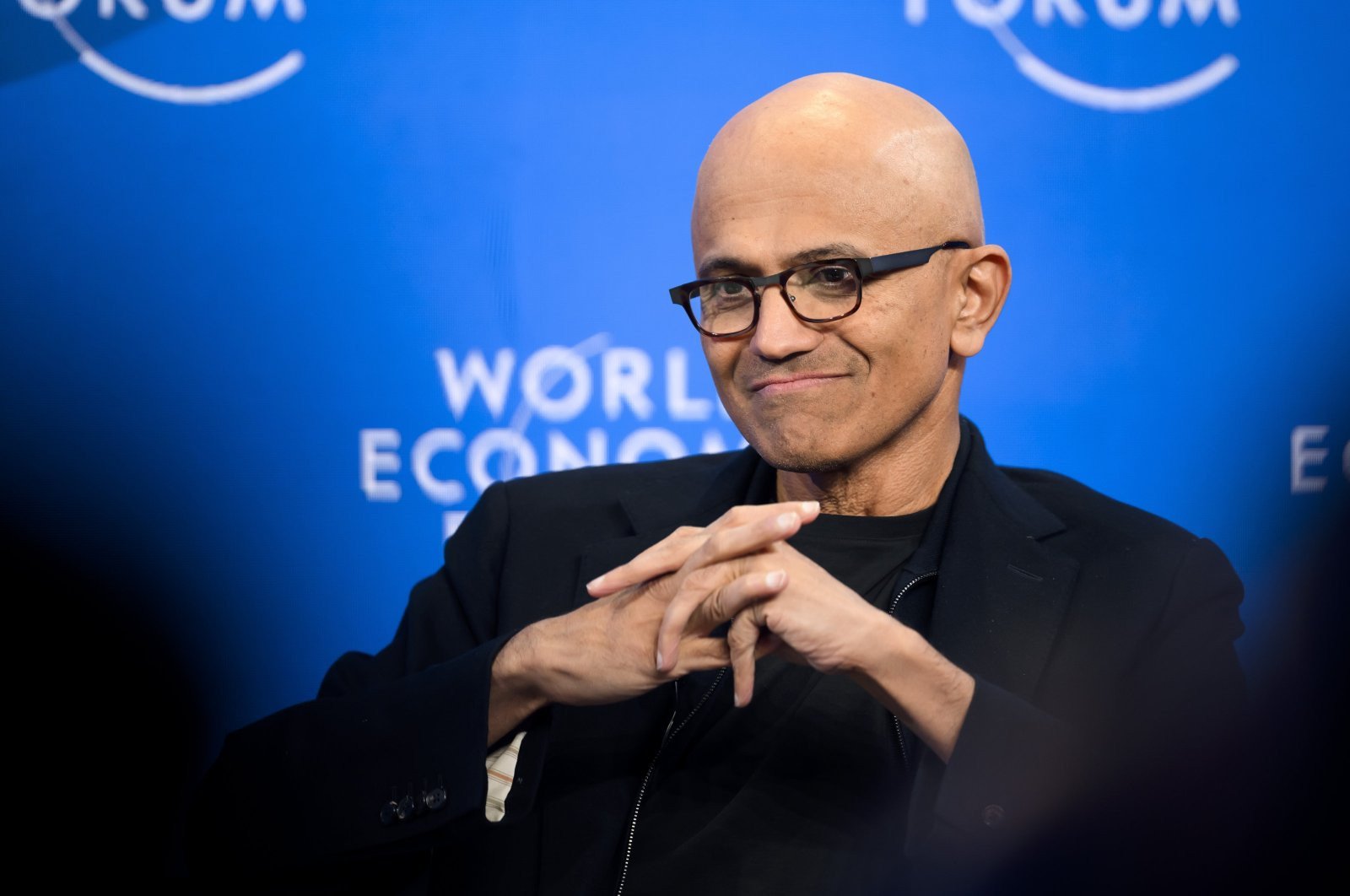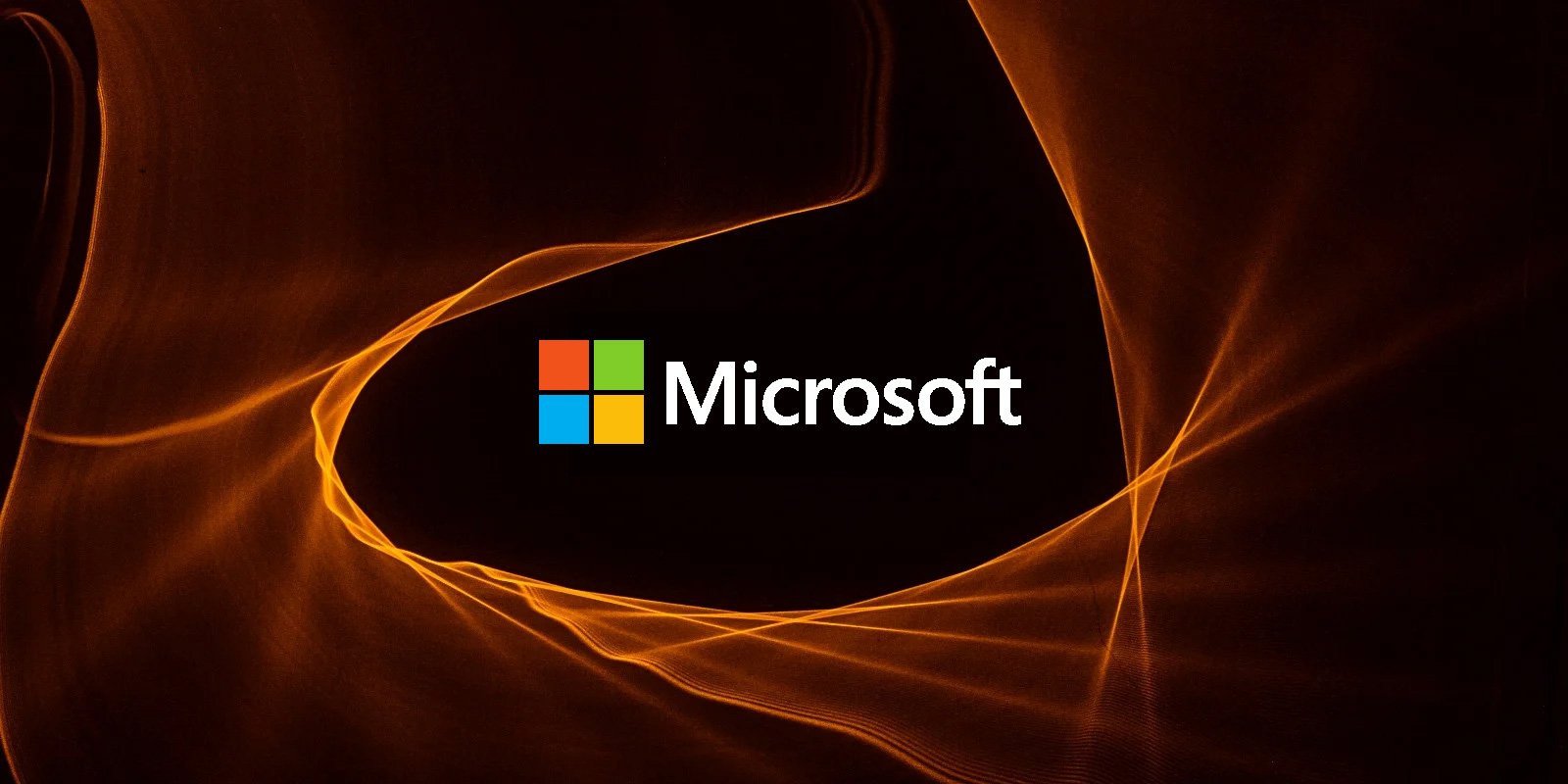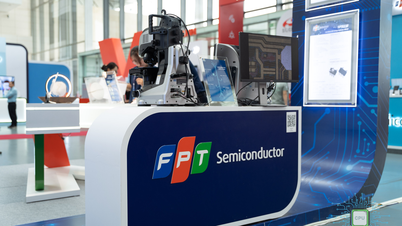However, Microsoft investors can take comfort in the strong but less-noticed growth of other business segments.
Beyond the AI race, the Windows developer is still generating huge profits from enterprise customers spending on traditional technology — an area that has long been the company's strength.
Core revenue from Azure and software grows strongly
Many companies are moving from buying their own IT equipment to renting it from Microsoft through its cloud services. They are also renting more standard computing services—such as hard drives for data storage—to support their AI efforts.
A large part of the recent strong growth in Microsoft’s Azure cloud business has come from “non-AI” services. Specifically, more than half of the 33% of Azure revenue in Q1 came from non-AI services. While the company didn’t provide a corresponding figure for the 39% growth in its cloud business in Q2, it said that its “core infrastructure business”—Microsoft’s term for its non-AI cloud business—was the main driver.

It’s not the only non-AI area where Microsoft is growing. Its Microsoft 365 commercial cloud business, which includes remote-access versions of Word, Excel, and other office software for businesses, grew 16% year over year in Q2, faster than the previous period. Revenue from consumer office software also grew 20%, its best performance in years.
Financial advantages and symbiosis between AI and other fields
On the one hand, investors may want AI businesses to drive growth. After all, that’s what has driven up company valuations. But tech stocks are arguably over-reliant on AI, so the ability to grow other revenue streams puts companies on more solid financial footing.
Microsoft’s non-AI businesses also benefit from a symbiotic relationship with its AI efforts. CEO Satya Nadella said the company’s Copilot AI assistant for software products like Word and Excel attracted a record number of new users in Q2. It’s likely that many of those users will stick around and use Microsoft’s non-AI software, even if Copilot doesn’t stand out.
There’s another positive for Microsoft: Non-AI sales can be significantly more profitable than AI. Non-AI gross margins in Azure were around 73% in Microsoft’s March quarter, according to estimates from Bernstein Research analyst Mark Moerdler. That’s much higher than AI gross margins, which are only 30% to 40%, given the huge costs of setting up AI infrastructure.
Demand for profitable non-AI services remains strong. Overall IT spending metrics were muted at the start of the year as companies weighed the impact of President Donald Trump’s tariffs and concerns about the health of the global economy , but sentiment appeared to have improved somewhat in Q2.
Competition in the cloud market and long-term prospects
A UBS survey of cloud computing customers in July showed “a clear improvement in attitudes” about spending. Most are continuing efforts to move workloads to the cloud, a reversal from the April survey.
In the long run, there’s no doubt that cloud computing will continue to be a strength for Microsoft. Its competitors — primarily Amazon.com and Google — are also growing rapidly, but they don’t have the breadth of enterprise software offerings that Microsoft has to solidify its cloud position, even without AI.
Amazon said its cloud business grew just 17.5% in Q2, a result that disappointed investors and forced CEO Andy Jassy to explain Azure’s outperformance, saying recent quarterly swings in Azure’s favor were “just a fluke.”
The question for Microsoft investors, then, is less about the company’s prospects and more about its valuation. The company’s shares have surged nearly 40% since early April, pushing its forward price-to-earnings (P/E) ratio above 33. That’s slightly higher than Amazon and well ahead of Google parent Alphabet, which trades at about 18 times forward earnings.
Investors may find this valuation easier to swallow, however, because while Microsoft's AI growth is real, it's not the only good thing happening at the software giant.
(According to WSJ)

Source: https://vietnamnet.vn/ly-do-microsoft-thang-hoa-2429683.html






















![[Photo] Discover the "wonder" under the sea of Gia Lai](https://vphoto.vietnam.vn/thumb/1200x675/vietnam/resource/IMAGE/2025/8/6/befd4a58bb1245419e86ebe353525f97)







































































Comment (0)